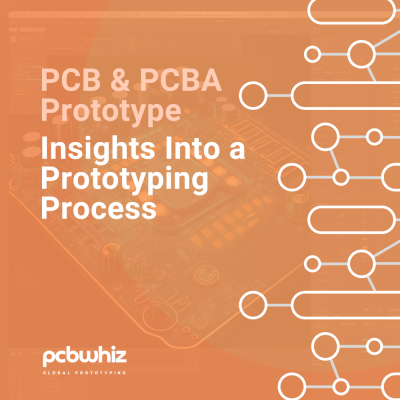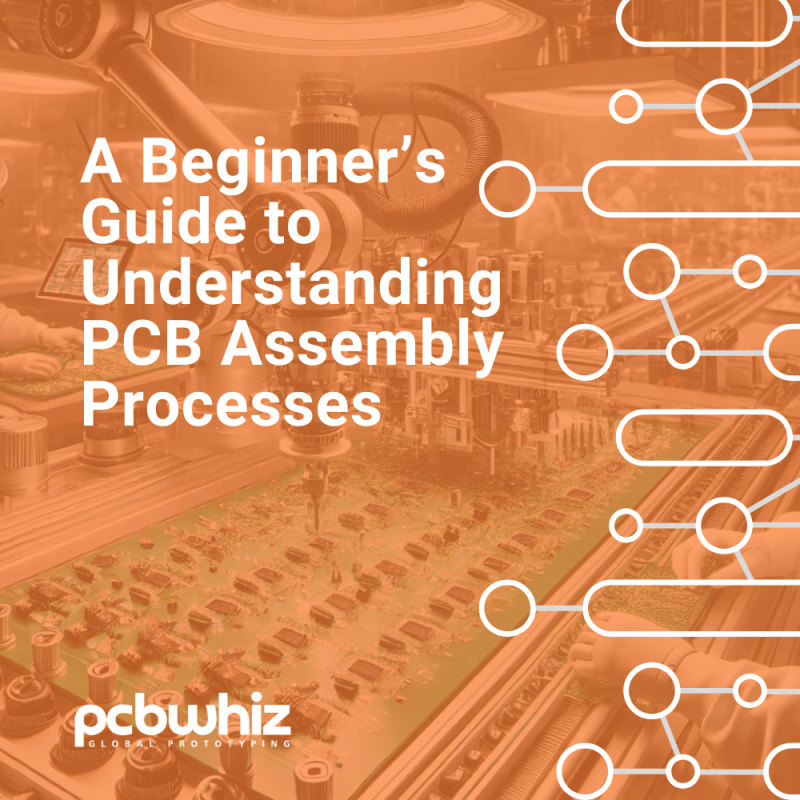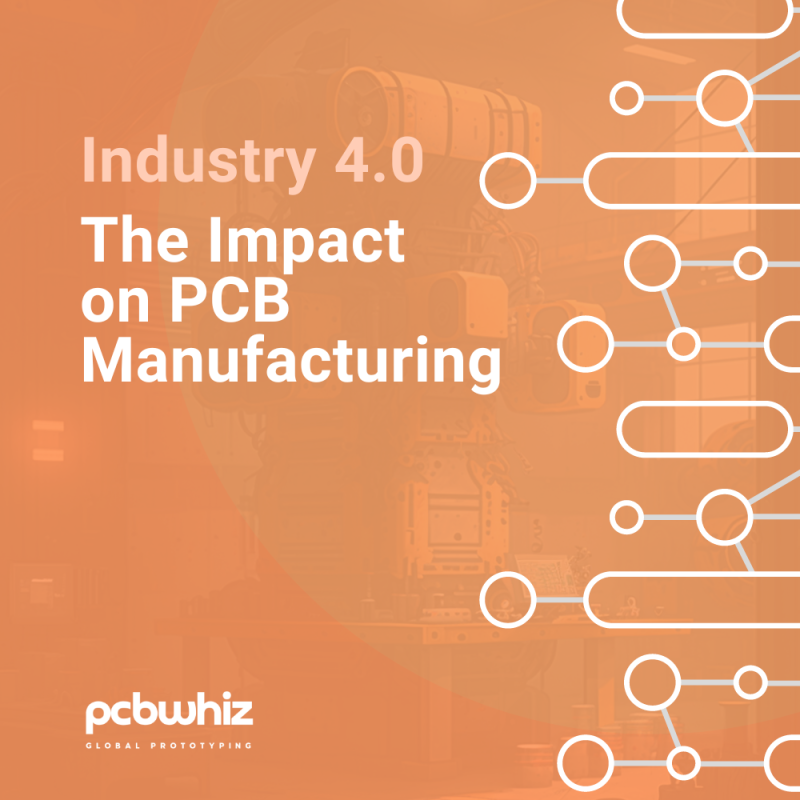PCB & PCBA Prototype - Insights into a prototyping process
Quendler
Posted on March 29, 2023
PCBs, or printed circuit boards, are essential components of modern electronics, serving as the "brain" or "central nervous system" of devices ranging from mobile phones to home automation systems. A PCB is a thin board made of insulating material, usually fiberglass, with conductive tracks etched onto its surface. These tracks serve as the pathways for the flow of electricity, connecting the various components of the circuit.
PCB prototypes are the early-stage versions of a printed circuit board. PCBs are typically fabricated in large quantities, which can be expensive and time-consuming. PCB prototypes, on the other hand, allow designers to test and refine their designs before committing to a full production run.
PCBA prototypes, or printed circuit board assemblies, take the PCB prototype to the next level by adding the components necessary to create a functional device. In this blog post, we will explore the process of creating PCB and PCBA prototypes, as well as their advantages and limitations.

PCB Prototype Process:
The process of creating a PCB prototype involves several steps, including design and fabrication. Let's take a closer look at each of these steps.
Design:
The first step in creating a PCB prototype is designing the circuit. This is typically done using specialized software, such as Altium Designer or Eagle PCB. The software allows the designer to create a schematic of the circuit, which defines the connections between components. The software then converts the schematic into a layout that can be used to create the PCB.
The layout defines the placement of components on the board and the routing of the conductive tracks that connect them. The designer must take into account factors such as signal integrity, power distribution, and thermal management when creating the layout.
Once the layout is complete, it is exported in a format that can be used to create the physical PCB.
Fabrication:
The next step is to fabricate the PCB. This involves several sub-steps, including:
- Applying a layer of copper to the surface of the board. This is done using a process called electroplating, which involves immersing the board in a solution of copper ions and applying an electrical current.
- Applying a layer of photosensitive material to the copper layer. This material is used to create the conductive tracks and other features of the PCB.
- Exposing the photosensitive material to UV light through a mask that defines the desired pattern of conductive tracks.
- Developing the exposed material using a chemical process that removes the unexposed portions of the material. Etching the exposed copper using a chemical process.
- Applying a layer of solder mask to the surface of the board to protect the conductive tracks.
- Applying a layer of silkscreen to the surface of the board to provide markings for components and other information.
Once the PCB has been fabricated, it is ready for assembly.
PCBA Prototype Process:
Creating a PCBA prototype involves the same basic process as creating a PCB prototype, with the addition of assembly of the components onto the PCB. The process can be broken down into several sub-steps, including:
- Sourcing the components: The designer must identify the components required for the circuit and obtain them from suppliers.
- Stenciling the solder paste onto the PCB: Solder paste is a mixture of metal particles and flux that is used to attach the components to the PCB.
- Placing the components onto the PCB: This is typically done using automated equipment, although some prototypes may be assembled by hand.
- Reflow soldering: This involves heating the PCB to a high temperature, causing the solder paste to melt and attach the components to the PCB.
- Inspection: The PCBA is inspected to ensure that all components are properly mounted and soldered in place.
- Testing: The PCBA is tested to ensure that it functions as intended. This may involve functional testing, where the PCBA is tested under normal operating conditions, as well as environmental testing, where the PCBA is subjected to extreme conditions to test its resilience.
Advantages and Limitations of PCB and PCBA Prototyping:
The advantages of PCB and PCBA prototyping are numerous. Here are a few of the most important:
- Cost-effective: PCB and PCBA prototypes are typically much cheaper to produce than full-scale production runs. This allows designers to test and refine their designs without committing to a large investment.
- Speed: PCB and PCBA prototypes can be produced much more quickly than full-scale production runs. This allows designers to iterate and refine their designs much more rapidly.
- Flexibility: Because PCB and PCBA prototypes are not produced in large quantities, designers can easily modify their designs as needed.
- Quality control: PCB and PCBA prototypes allow designers to identify and correct issues with their designs before committing to a full production run. This can save time and money in the long run.
- Ease of collaboration: PCB and PCBA prototypes can be easily shared with other designers and stakeholders, allowing for collaboration and feedback.
Despite their many advantages, there are also some limitations to PCB and PCBA prototyping. These include:
- Limited scalability: PCB and PCBA prototypes are typically designed for small-scale production runs. Scaling up to larger quantities can be challenging and may require significant design modifications.
- Component availability: Not all components may be available in small quantities, making it difficult to prototype certain types of circuits.
- Assembly complexity: Assembling components onto a PCB can be a complex process, especially for circuits with many components.
- Testing limitations: PCBA prototypes may not always accurately simulate the performance of a full production run, making it difficult to identify potential issues.
Best Practices for PCB and PCBA Prototyping:
To get the most out of PCB and PCBA prototyping, it is important to follow best practices. Here are a few tips to help you get started:
- Start with a good design: The quality of your prototype will depend largely on the quality of your design. Make sure your schematic and layout are accurate and well-organized.
- Use reliable suppliers: The quality of your components and materials will also impact the quality of your prototype. Make sure you use reliable suppliers that provide high-quality components and materials.
- Test early and often: Don't wait until the end of the process to test your prototype. Test it early and often to identify issues before they become more difficult to fix.
- Document everything: Make sure you keep detailed records of your design, materials, and testing. This will help you identify issues and make improvements as you iterate your design.
- Get feedback: Don't be afraid to get feedback from other designers, stakeholders, and users. This can help you identify issues and make improvements to your design.
Conclusion:
PCB and PCBA prototyping are essential steps in the design and development of modern electronics. They allow designers to test and refine their designs before committing to a full production run, saving time and money in the long run. By following best practices and taking advantage of the many benefits of PCB and PCBA prototyping, designers can create high-quality, reliable, and innovative electronics that meet the needs of their users.
Keep Reading...

A Beginner’s Guide to Understanding PCB Assembly Processes
Die Leiterplattenbestückung (Printed Circuit Board Assembly, PCBA) ist eine entscheidende

The Impact of Industry 4.0 on PCB Manufacturing
Die Elektronikindustrie befindet sich in einem rasanten und beispiellosen Wandel,



